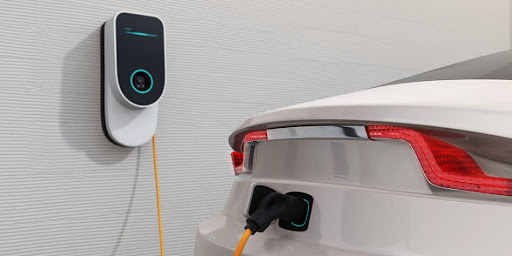During the current decade, the number of electric vehicles is expected to grow dramatically. This generates the need for charging stations. In this matter, it is useful for other countries to take note of the U.S. experience.
Initially, it was assumed that each owner would charge electric cars at home on his or her own. But this does not negate the need for public electric car charging stations. Charging stations for electric cars are classified according to the amount of energy that the car battery receives per unit of time. There are a total of four “levels”, of which level 4 is the fastest. Charging stations of different levels have very different power ratings and charging times. Let’s look at their features:
Level 1 charging station involves charging in the garage of a private home. This process takes about 20 hours. That’s enough charge for 100 miles.
The second level is special household chargers, which are sold with the electric car. This method takes four hours to charge.
Level three stations offer on-the-go charging stations. This only takes 40 minutes.
Level 4 stations allow you to charge your electric car on the go. These are ultra-fast charging methods, and the result of the efficient ev charging station management system.
The costs of setting up Tier 3 and Tier 4 stations are much higher. They also require more complex technological infrastructure and software.
How Will This Area Develop?
The leading figures in the development of the EV charging station management system will be private operators of charging stations. Such companies should be ready to work for the long term. They will have to build up their charging capacity, software and technological infrastructure year after year, ahead of demand. They will incur losses in the process. But in the end, the losses will be compensated by stable profits if they pursue a sound development strategy.
In developed countries, the leading players in this market may be electric car manufacturers, offering their customers the ev charge controller of their products as an additional service. They may even offer free charging to stimulate the growth in sales of electric cars by their manufacturer.
How Will the Charging Stations Work in Practice?
Owners of electric cars who drive mostly within their city limits will rarely use charging stations. If a driver has to drive into the city, he or she will be willing to pay for the services of type 3 and 4 charging stations we reviewed above. Another issue is the location of charging stations. Logically, they should be located in the same way that gasoline stations are located in towns and villages today.
They should be easily accessible and close to the highway. But if you consider the high cost of organizing such stations and EV charging management systems, this development is unlikely to be possible. For example, organizing a Level 4 charging station is twice as expensive as organizing a Level 3 station. This means that the owner of an electric car will have to pay several times more money for charging. This issue is still a hot topic among experts.
The market for charging stations is just emerging. Creating large-scale networks of charging stations on a national scale is a task that every country has to solve sooner or later. But how quickly these issues will be resolved is still unknown. It is also unknown what the pace of development of this sphere will be. Consumer behavior as well as economic factors play an important role in this issue.
The U.S. predicts that by 2030 electric cars will account for almost 5% of the country’s vehicle fleet. This will require the country to build at least 60,000 fast-charging stations. Experts are confident that they will find the best way to solve this problem. If they do, it will be a good example for the rest of the world.











